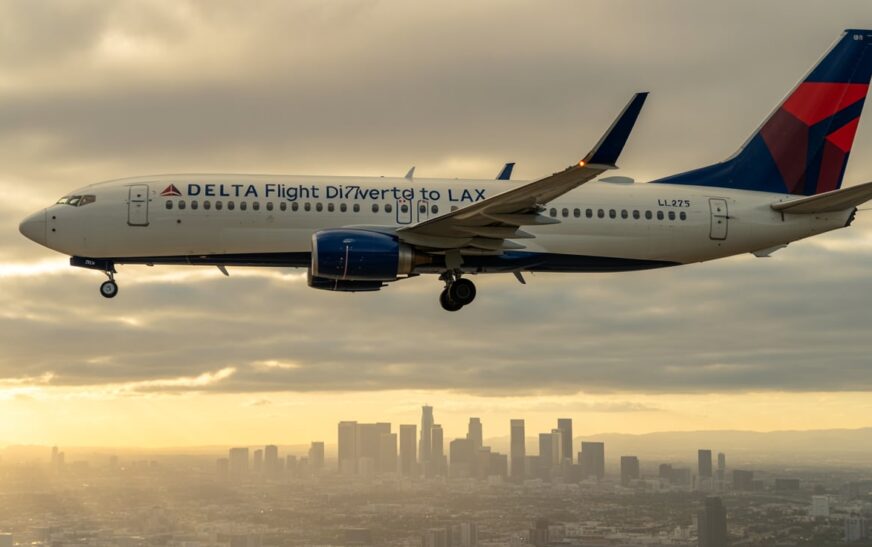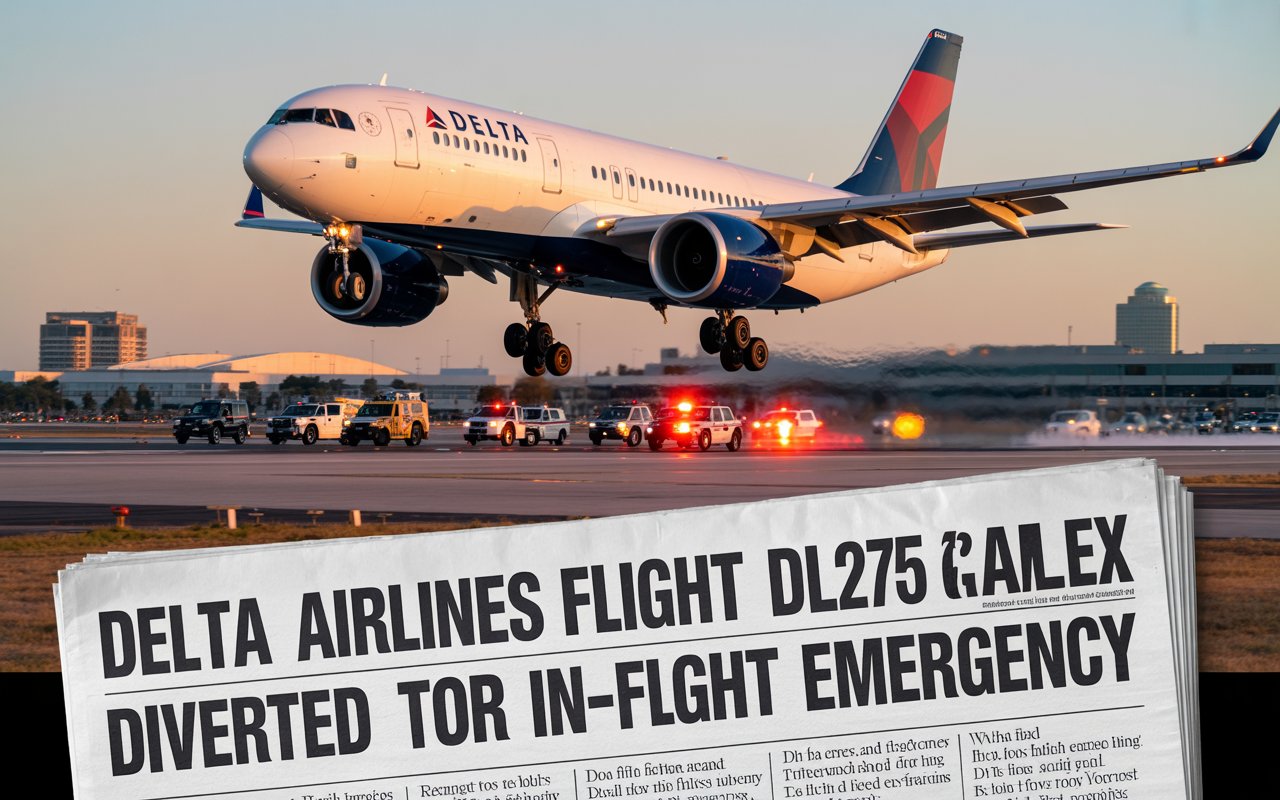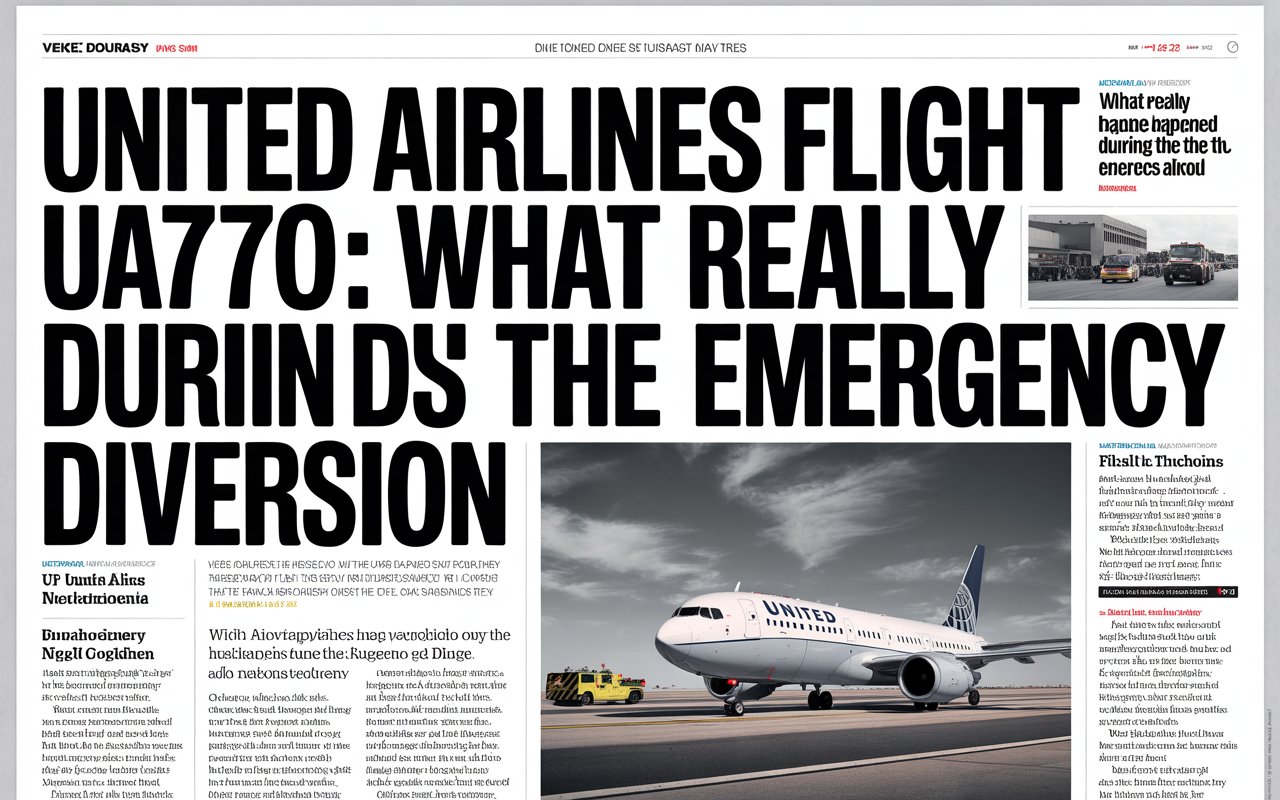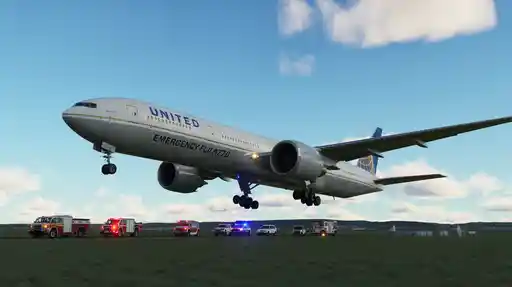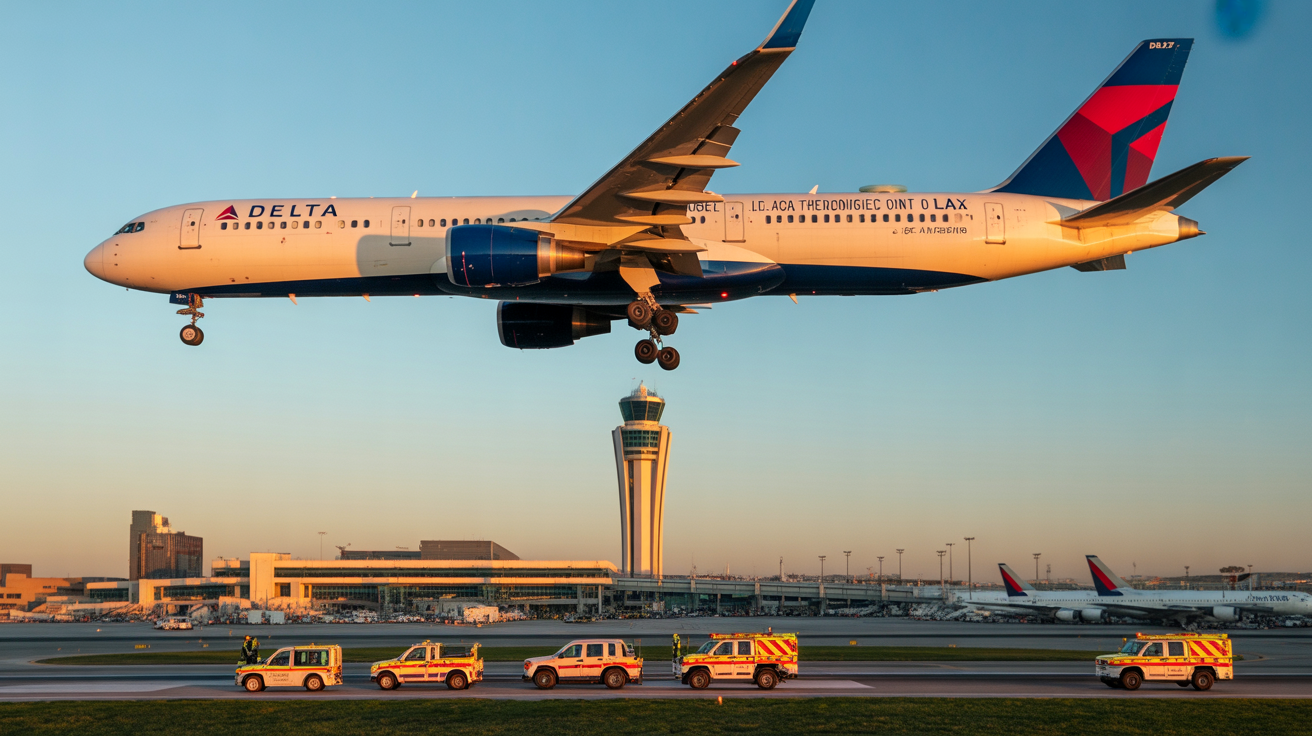Air travel is mostly smooth, but there are times when it is disrupted by some unforeseen activities that need the intervention of the flight crew. An example of such an incident that made the news in the recent past is the diversion of Delta Flight DL275, a plane to which the destination had been set up at a differing location, but whose route instead took an unplanned detour to Los Angeles International Airport (LAX). Such cases are bound to give rise to questions: what occurred on board, how did the airline respond to it and what does this imply to passengers?
In this paper, we explore more specifically the circumstances of the diversion, possible reasons, and what was happening to the passengers of this unexpected detour.
The Incident: A momentary side trip to LAX
Delta Flight DL275 was flying when the crew had decided to land at the Los Angeles Airport (LAX), which is one of the key airports in the United States. Diversions are also not made lightly, since this involves complicated movement logistics regarding diversion, collusion with the air traffic control, and passenger control. To passengers this may be confusing and even frightening, regardless of whether or not the reason behind the diversion is immediately announced.
Upon landing in LAX, the customers were informed about the situation and the Delta staff acted promptly to provide the passengers with connecting flights and transfers and all other customer needs.
Why Do Flights Get Diverted?
Diverting flights, such as DL275, may have several common causes but, depending on the case, plane diversion may have a different cause:
1. Medical Emergencies
A medical emergency on board, whether the passenger or a member of the crew, is the reason behind diversion most often. Under this scenario, the captain should put safety first and make sure that the individual gets medical care as quickly as it is possible. Due to the big size of the international airports such as LAX, they possess the facilities to provide urgent care.
2. Technical / Mechanical Issues
Aviation machines are very complicated processes, and any fault light or anomaly may trigger a diversion. Although most of them are precautionary, airlines do not proceed with caution when it comes to the safety of their planes.
3. Weather Conditions
Extreme turbulence, storm, or visibility at the destination would need diversion to an alternate airport. LAX as a large hub is also frequently used as a back-up when arrivals elsewhere are affected by the weather.
4. Security Situations
A diversion may occur due to events involving unruly passengers or security threat, albeit this is rare. There are detailed procedures in the operation of airlines and airports upon such cases.
In this regard, Delta has not yet officially revealed the exact reason why DL275 was diverted, and the main possibilities to fall into the categories mentioned above.
Fly in Comfort on DL275
On Delta Flight DL275, the diversion caused break in continuity and inconvenience to the passengers. Some of the passengers had to miss their connecting flights or arrivals to their final destinations, and others were happy that the staffs had to take precautionary actions and think about the safety of individuals prior to the extent to which timely arrival could be achieved.
Employees at LAX tried to ensure that they booked customers as fast as possible, and provide needed support to customers. Although impacts of disruptions are inconveniencing, most passengers are in agreement with the fact that such diversions are mostly out of the control and in the long-run, most benefits to the passengers.
How Airlines Handle Diversions
Delta, as with other large airlines, has very specific steps in the event of a diversion:
- Immediate Communication with Air Traffic Control: Pilots notify ATC to arrange a safe landing at the alternate airport.
- Passenger Updates: Cabin crew inform the passengers of the situation as quickly as possible even though details might not be exhaustive at the start.
- Ground Coordination: The ground teams are ready to manage the ad-hoc arrivals of passengers with baggage, customs and security.
- Customer Support: Depending on the delay, customer support may include rebooking, hotel rooms and meal vouchers.
Delta holds a good record of customer care in the occurrence of unusual operations and DL275 was no different.
The Big Picture: We Start With Safety First
The presence of diversions in the airline industry, although inconvenient, is a bright sign of the safety-first policy of the aviation sphere. Extensive trainings are applied to flight crews which handle such situations in control and without panic. Medical emergencies, weather interruption, and technical issues lead to any such diversion but, under any circumstance, safeties of passengers and of employees are the prime attractions of landing.
The key lesson that passengers ought to have learnt during such occasions is that: they ought to be patient and cooperative. Much as the temporary disruption will be frustrating, this kind of detours, which the flight Delta Flight DL275 was an offshoot of are par for the course in the safety-first mindset of the industry.
Final Thoughts
The airline redirection of the Delta Flight DC275 to LAX is a context that indicates the character of the air travel arrangements that are shifting fast due to sudden occurrences. Although the reason is not mentioned, professionalism of the Delta staff and swiftness of the LAX ground personnel ensured that the switch was safe and risk free to clients and did so by providing their support at any stage of the incident.
Diversions, and a diversion is a lesson in how in aviation safety can never be too much at the expense of convenience. In the event of the DL275 passengers, they would not have visualized the flight going in a different direction but the incidence revealed the strictness of the safety measures and customer care attitude of Delta.

